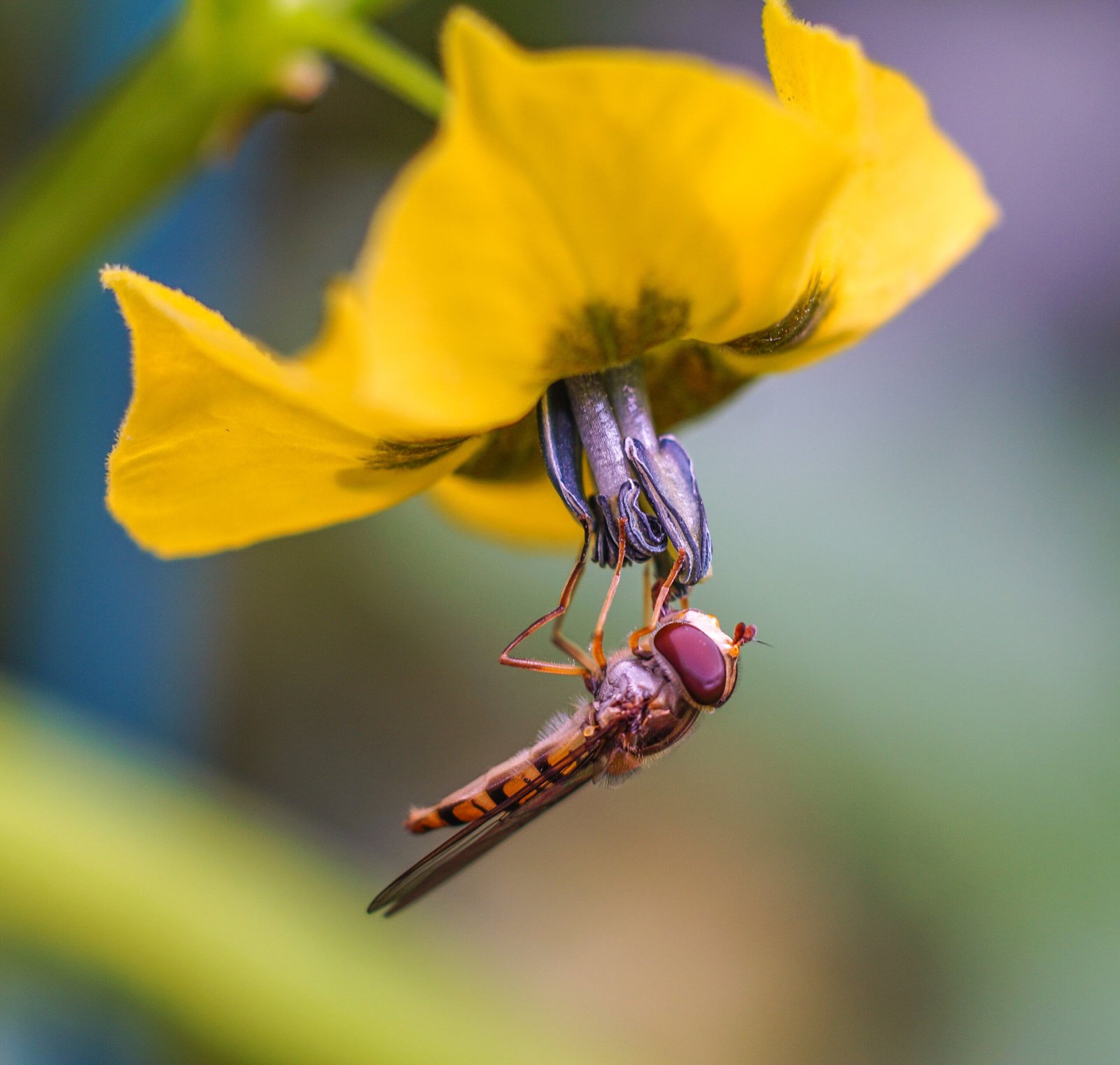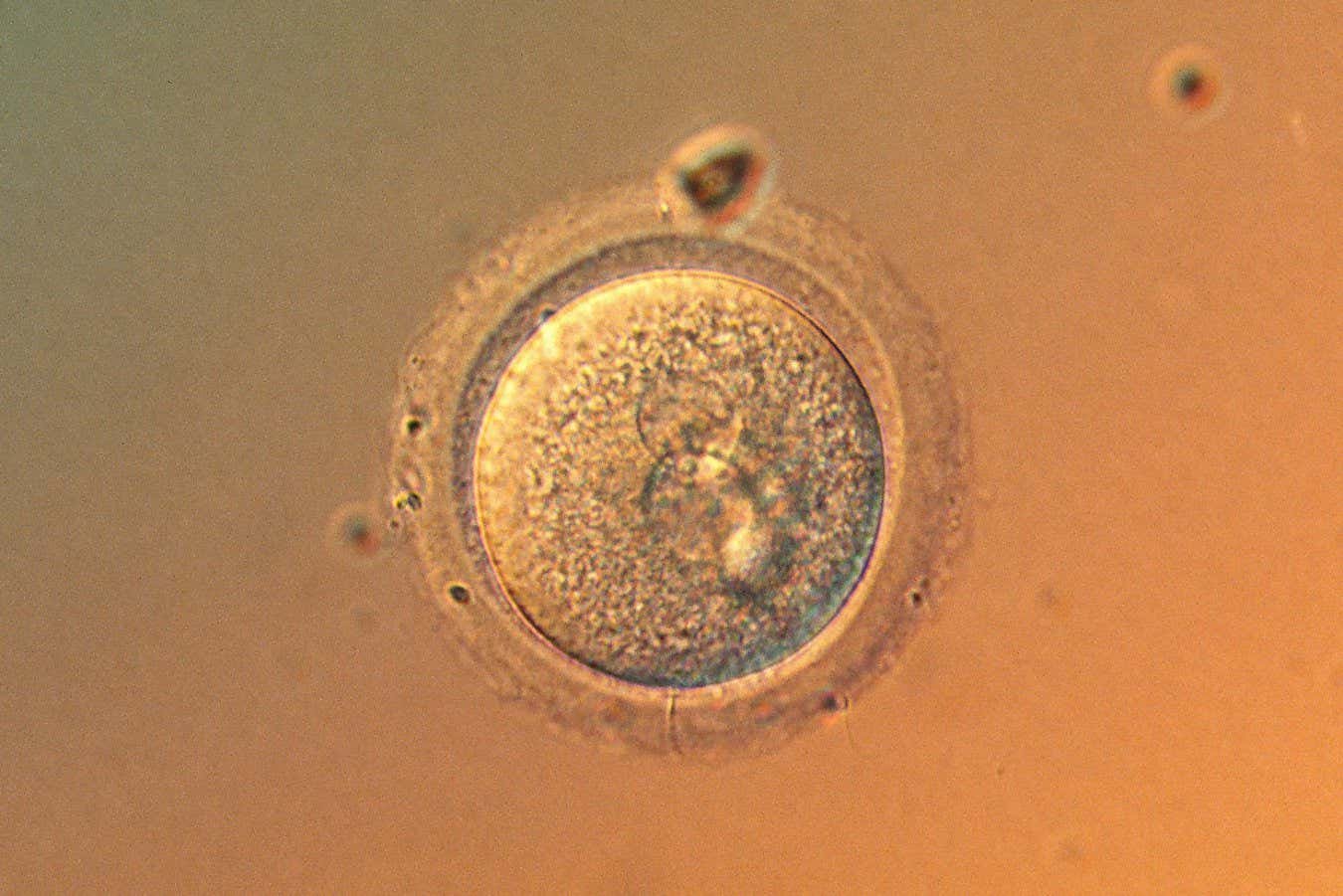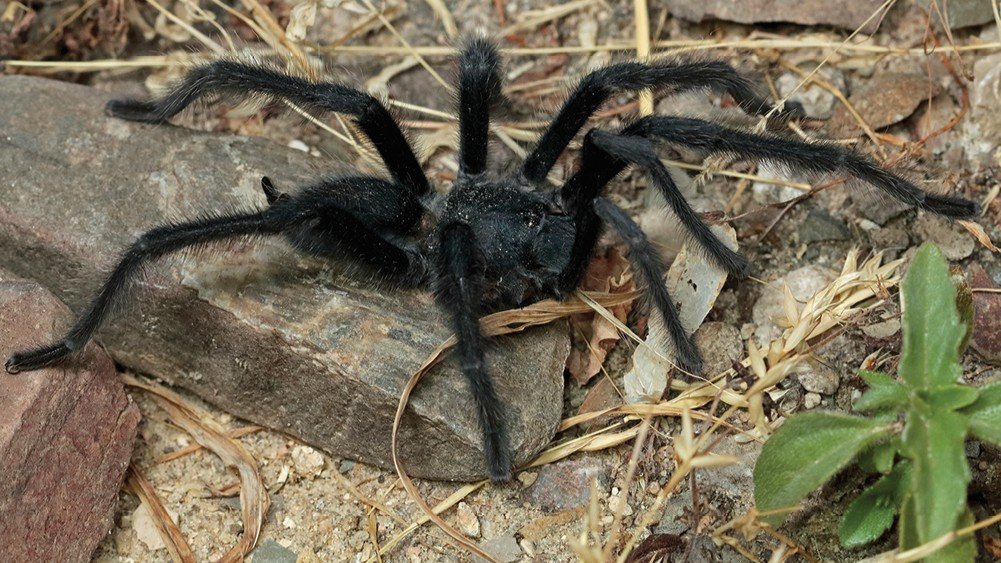
Increasing urbanization is linked to a decline in crucial pollinator populations, including nocturnal moths, hoverflies, and bees, according to a new study from the University of Sheffield.
The research, which paints a concerning picture for biodiversity, is published in the Proceedings of the Royal Society B: Biological Sciences.
On allotment sites in Sheffield, Leeds and Leicester, a research team sampled pollinator species in a range of urban settings, from city centers to more suburban areas. They found that there was a decline in species abundance and richness—up to 43%—on allotments situated in more built-up areas.
The findings suggest that a wide range of pollinators are under threat in urban landscapes, and the researchers warn that more needs to be done to understand and conserve pollinating insects that are vulnerable to the effects of habitat loss through urbanization.
Emilie Ellis, lead author of the study from the University of Sheffield’s School of Biosciences, said, “The scale of the threat to many pollinator species remains relatively unknown due to a global focus on bees. However moths and hoverflies are just as important for our ecosystems, and our results show they may be particularly vulnerable in urban habitats.
“Pollinating insects are vital for the reproduction of up to 90% of wild flowering plant species and many crop species. As urbanization causes more habitat loss, insect communities suffer and ecosystems become fragile. Our study identifies some of the features of urban greenspaces that are key to preserving and growing habitats for pollinators that are vulnerable to environmental change.”

The study shows that the cause of reduced pollinator diversity and abundance varies depending on the species, but is primarily driven through a reduction in the tree canopy and semi-natural habitat that form part of the green spaces found in our cities.
Jill Edmondson, senior author from the University of Sheffield’s School of Biosciences, said, “Allotments form greenspace oases in the urban landscape, with a rich mix of crops and flowers species to support pollinator communities, but, as the area of impervious surface (or the concrete, tarmac and buildings that often form the urban landscape we recognize) around allotments increased there was less habitat available for all pollinator groups. This may have consequences for crop pollination and ultimately yield in more urban allotments.
“Our study demonstrates the importance of urban semi-natural spaces for insects, which we rely on, not just to make our gardens beautiful, but to support worldwide farming systems.”
Stuart Campbell, co-author from the University of Sheffield’s School of Biosciences, said, “All pollinating insects struggle to find suitable food and habitat in cities, but there haven’t been many studies directly comparing different groups. The greater sensitivity of hoverflies and moths to urbanization might be due to their ecological requirements.
“All of these species need flowers to feed on, but moths also require tree and shrub canopies, and food plants for their caterpillars, while many hoverflies require stagnant water to breed. These are all habitat characteristics that can be much harder to find in more heavily built-up areas, and we will need to consider these features in order to conserve such a diverse group of insects for future generations.”
The team say the findings should underpin a more nuanced approach to pollinator conservation, and point out that more engagement with urban planners, stakeholders and policymakers is required to successfully protect the habitat features needed to support and sustain diverse pollinating insect communities in urban areas.
Emilie Ellis is currently a postdoctoral associate with the Research Center for Ecological Change at the University of Helsinki.
More information:
Proceedings of the Royal Society B: Biological Sciences (2025). DOI: 10.1098/rspb.2025.0102
Provided by
University of Sheffield
Citation:
Urbanization linked to a 43% drop in pollinating insects (2025, August 5)
retrieved 5 August 2025
from https://phys.org/news/2025-08-urbanization-linked-pollinating-insects.html
This document is subject to copyright. Apart from any fair dealing for the purpose of private study or research, no
part may be reproduced without the written permission. The content is provided for information purposes only.




